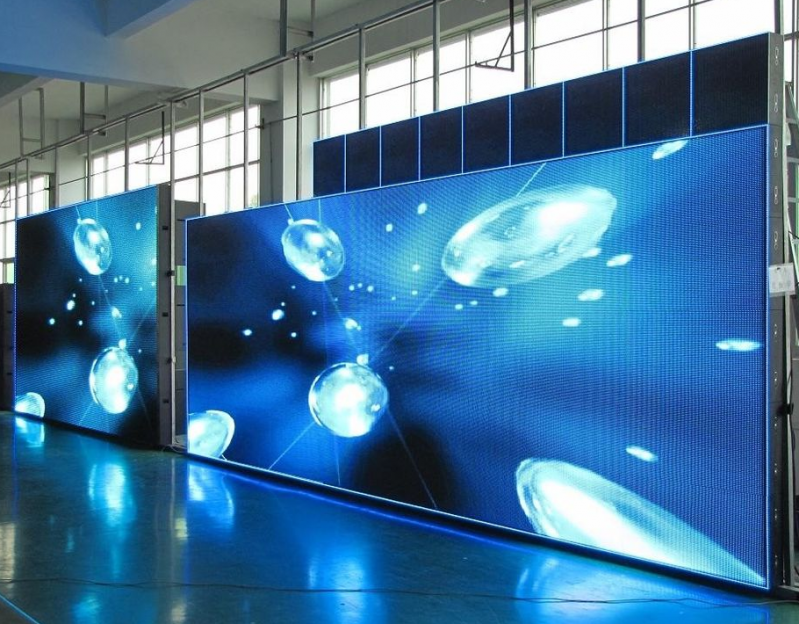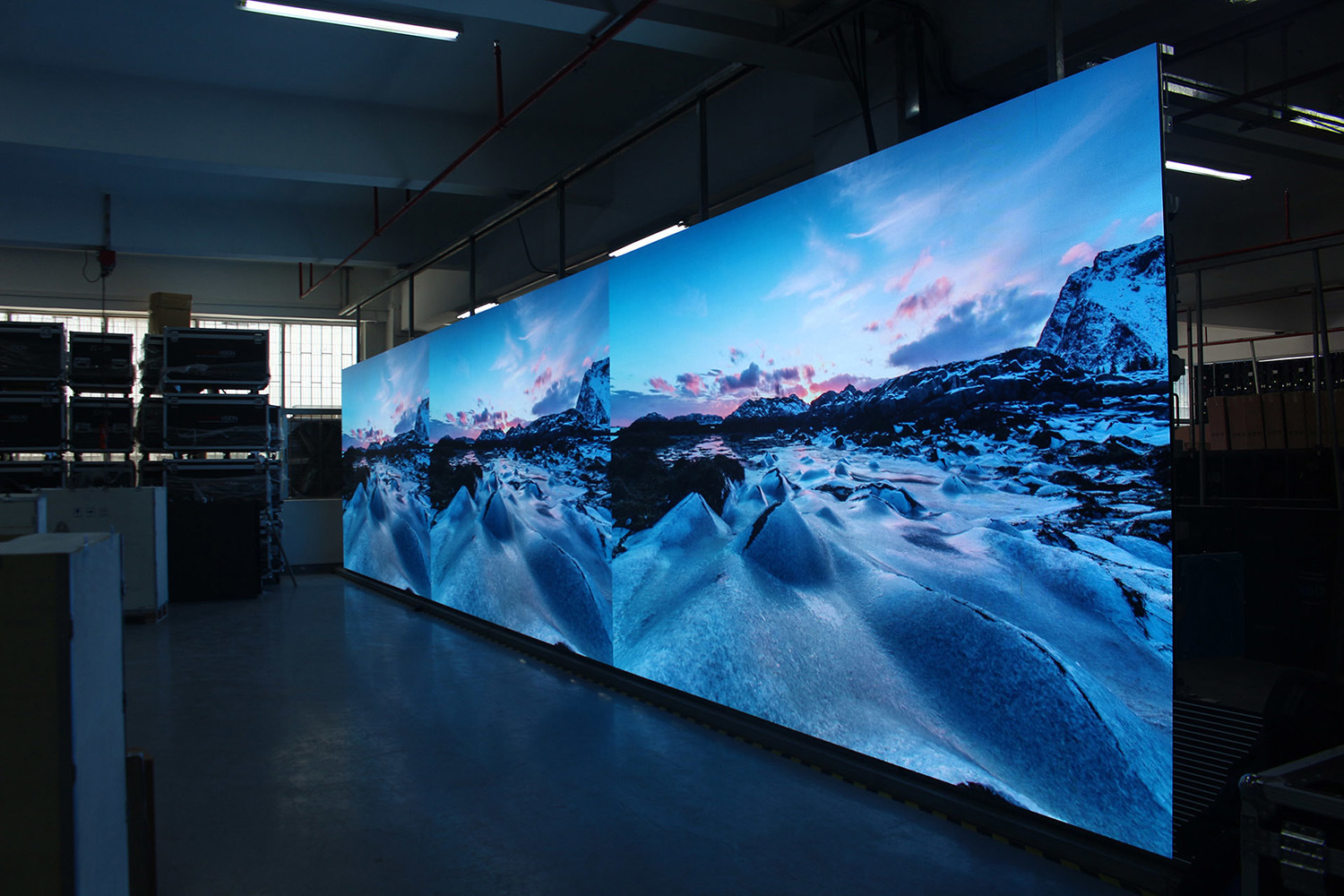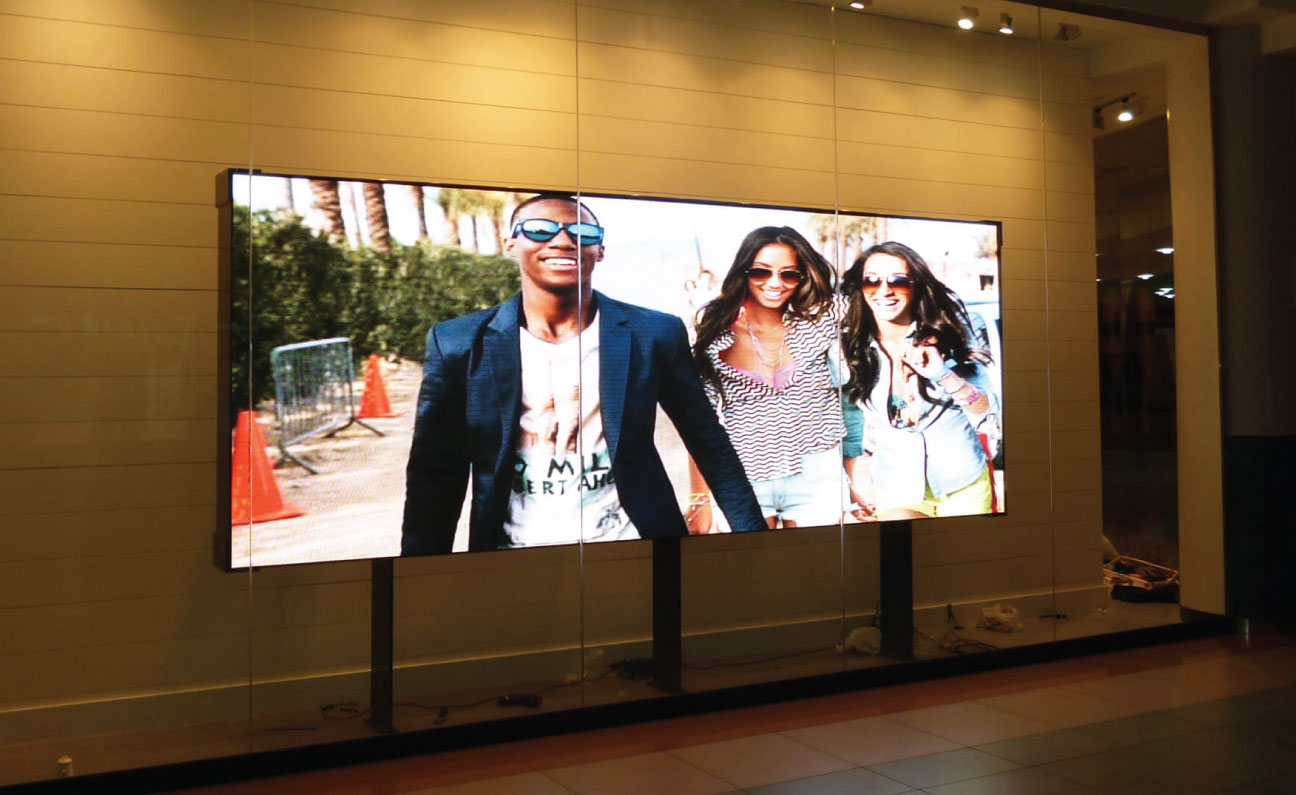Differences between flexible and rigid LED panels: applications and benefits
LED display technology has evolved dramatically over the past decade, offering creative and high-performance solutions for both indoor and outdoor applications. Among the most versatile options available today are flexible and rigid LED panels. Understanding their differences, strengths, and best-fit applications can help you make the right choice for your next project.
1. Structural Differences
Rigid LED Panels
Rigid LED panels are built on solid aluminum or PCB boards, giving them a firm, stable structure. They are typically rectangular in shape and come in standard sizes, making them ideal for flat surfaces and modular video walls.
- Key feature: High durability and precise alignment
- Common use: Permanent installations and large-scale displays
Flexible LED Panels
Flexible LED panels, on the other hand, are made from soft, bendable materials such as silicone or thin PCBs, allowing them to curve, fold, or wrap around surfaces. Their lightweight and adaptable structure make them perfect for creative and irregular shapes.
- Key feature: Bendable and ultra-light design
- Common use: Curved walls, cylindrical pillars, stage designs, and retail displays
2. Installation and Maintenance
Rigid Panels
Rigid panels are designed for precise, modular installation. They’re easy to assemble into large video walls with seamless alignment. Maintenance is straightforward, with front or rear access depending on the model. However, their rigidity limits them to flat installations only.
Flexible Panels
Flexible panels offer unmatched design freedom, especially in venues that require unique display shapes. Installation may be slightly more complex, as it requires careful handling to prevent damage to the flexible circuitry. Yet, their magnetic or lightweight frame systems often make mounting faster and easier.
3. Visual Performance
Both panel types can deliver high brightness, contrast, and resolution, but their intended use cases differ:
- Rigid panels are preferred for outdoor or high-brightness environments, where robust structure and weather resistance are crucial.
- Flexible panels shine in indoor creative applications, offering seamless curvature and continuous image flow across non-traditional shapes.
4. Applications Overview
| Application Type | Best Option | Reason |
|---|---|---|
| Concert stages & exhibitions | Flexible | Dynamic shapes and immersive visuals |
| Corporate lobbies & retail stores | Flexible | Creative, eye-catching installations |
| Sports arenas & billboards | Rigid | High durability and weatherproof design |
| Control rooms & broadcast studios | Rigid | Precise alignment and high resolution |
5. Benefits Summary
Benefits of Rigid LED Panels
- Long lifespan and robust construction
- Easy alignment for large-scale video walls
- Excellent heat dissipation and stability
- Ideal for both indoor and outdoor environments
Benefits of Flexible LED Panels
- Lightweight and bendable for creative freedom
- Easy to integrate into architectural designs
- Smooth, curved surfaces without visual distortion
- Lower transport and setup costs for events
6. Choosing the Right LED Panel
Your choice between flexible and rigid LED panels depends on the project’s purpose, design needs, and installation environment.
- For permanent installations with flat surfaces or outdoor use, rigid panels deliver reliability and clarity.
- For artistic displays, stage design, or modern interiors, flexible panels offer unmatched creativity and versatility.
Conclusion
Both flexible and rigid LED panels bring powerful visual impact, but their value lies in matching the right technology to the right space. Whether you’re designing a futuristic retail environment or building a stadium screen, understanding their differences ensures maximum performance, efficiency, and aesthetic appeal.




0 comentário